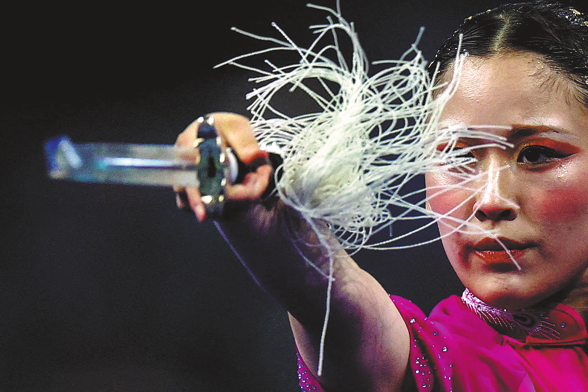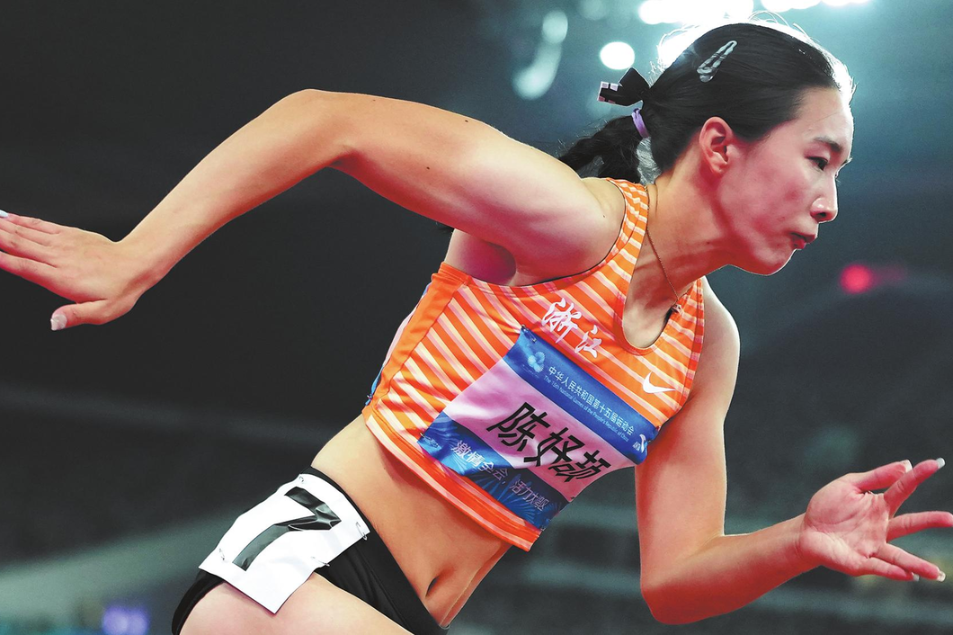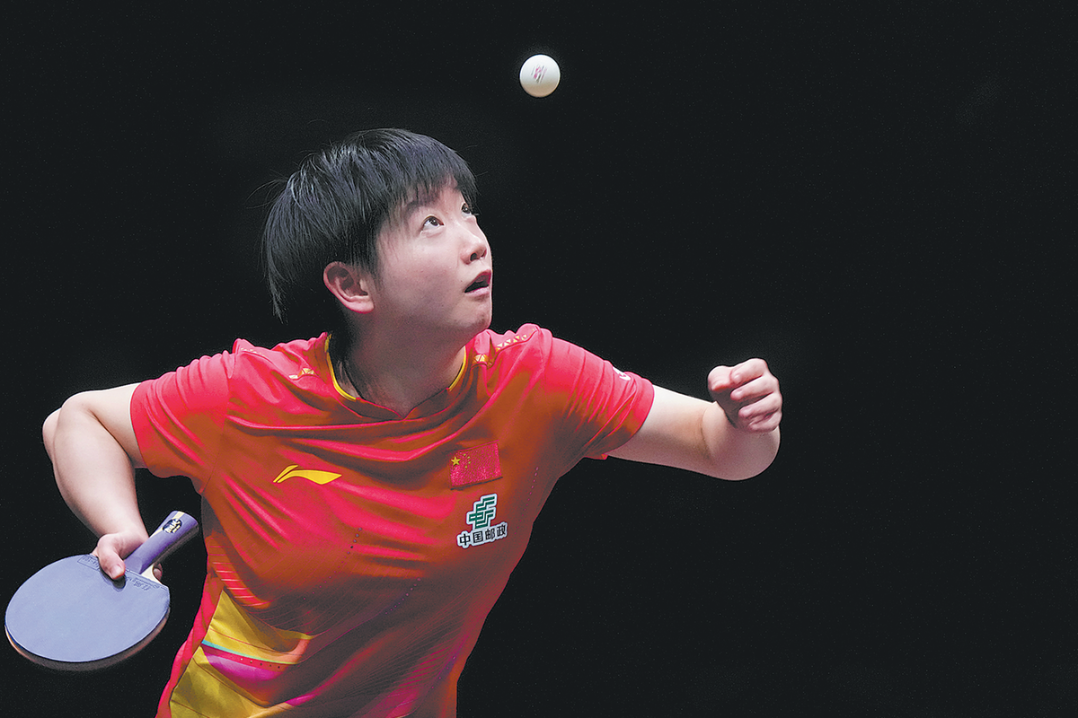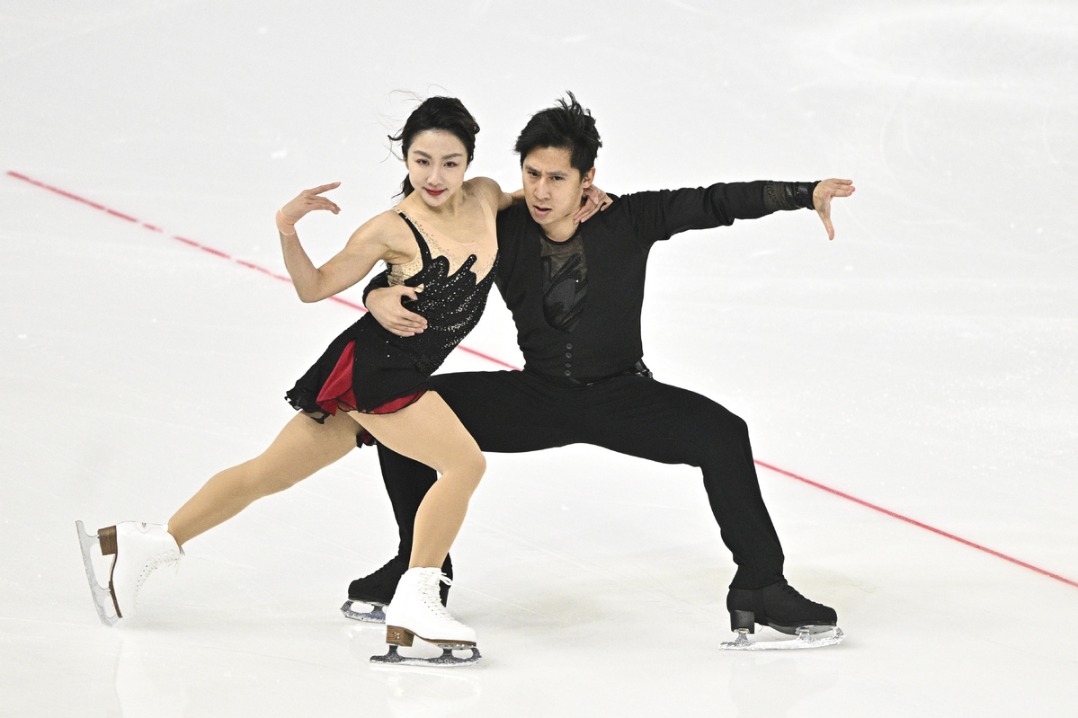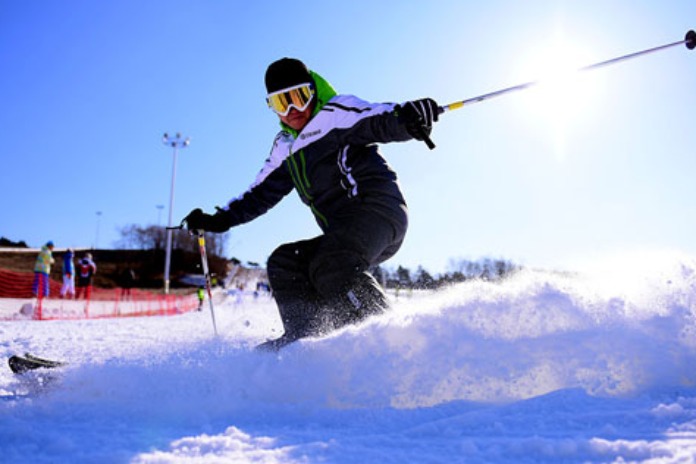Tibet, Xinjiang developing as winter sports hubs

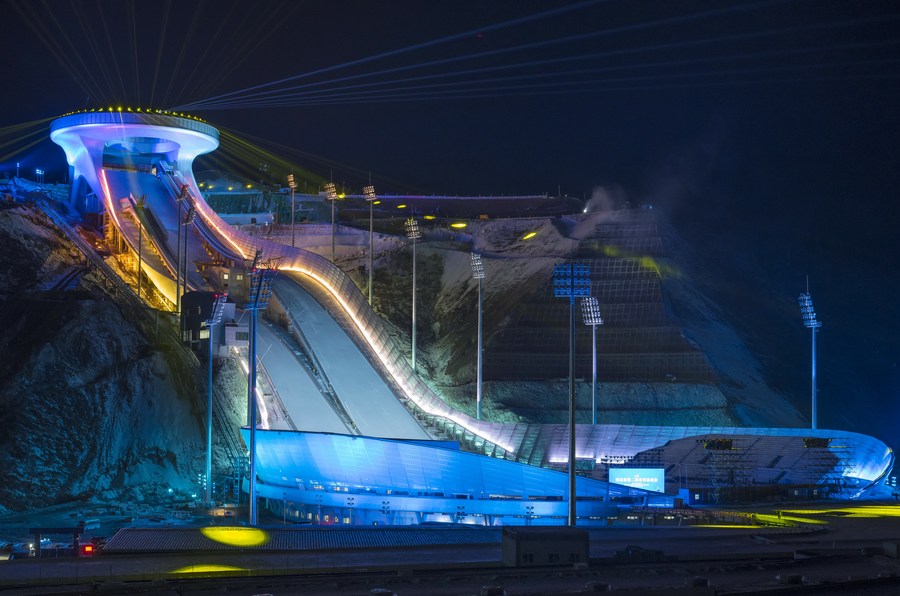
LHASA-Dorje Qiuyun still swells with pride when he sees photos of himself carrying the 2008 Olympic torch.
"As an athlete, nothing compares to competing for your own country at the Olympics. It's a pity that I'm not good at skiing, so the torch relay might be my only chance to participate in Beijing 2022," quipped the retired archer, who became the first Tibetan Olympian to represent China at the 1988 Summer Olympics in Seoul. "But I have faith in our young skiers. They may make history for Chinese winter sports."
Dorje, 58, got to relive his 2008 torch moment at a recent Olympic-themed exhibition in Tibet's capital, Lhasa. Together with Xinjiang, the western autonomous regions have been developing as winter sports hubs ever since Beijing won the bid to host the 2022 Games.
"My goal is to compete at Beijing 2022. I'm very clear about that," said 18-year-old Tsering Dradul, who is training with other Tibetan skiers in China's national cross-country team in Nyingchi in the east of the region.
"The pandemic adds to the difficulty of preparing for qualification, but I will keep myself in good condition to make every day's work count."
Earlier this year, Dradul went to train in Norway, the hometown of his idol, three-time Olympic cross-country champion Johannes Klaebo.
"The local coaches thought highly of Dradul because of his endurance and his acclimation to altitudes. These are the special advantages of athletes born in mountainous areas," said Langjia Dorje, Dradul's coach in the national team.
Dradul competed at the FIS Cross-Country Skiing China City Tour in Altay, Xinjiang, where local Yeernaer Abudelehan grabbed silver in the 15km mass start classic event. The 21-year-old is one of a number of skiers from the region competing for Olympic berths. He describes Xinjiang "as one of the best ski destinations in the world".
Aside from the growth in professional athletes, Beijing 2022 has also boosted the winter sports market in Xinjiang and Tibet. During the last snow season, Xinjiang saw a huge rise in enrollment numbers for winter sports camps, for instance.
"We welcomed around 200 kids a day during the past winter holidays, much more than the previous season. We also have more families coming here," said Liu Yanan, manager of Baiyun Ski Resort in Urumqi, Xinjiang's capital city.
Local government support is also attracting high-caliber coaches and experts to Xinjiang to promote winter sports.
"I have witnessed the rise of winter sports here and wish to make more people feel the passion of ice and snow with professional instruction," said Xu Xiujuan, a former Team China athlete who gives free snowboarding classes every weekend.
In Tibet, sales of licensed merchandise for Beijing 2022 have boomed since the first retail store for the Games opened in Lhasa last August.
"Sales surpassed 20,000 yuan ($3,100) on the day we opened, and last year sales averaged 10,000 yuan per day," store manager Tenzin Sandro said.
"Mascots and coins are the most popular items. Many older people bought them as gifts for their grandchildren, and we also met lots of parents bringing their children here so they could learn about the Winter Olympics."
On top of the elite sporting action, Beijing 2022 will also showcase China's rich and diverse culture and history.
An award was recently granted to a work inspired by a piece of brocade unearthed in Xinjiang as part of the Uniform Visual Appearance Design Solicitation for Beijing 2022.
According to Tao Tao, manager of the local design team, the work is inspired by the brocade, which is thought to date from the Han Dynasty (206 BC-AD 220).
The brocade displays eight Chinese characters that translate as "five stars rise in the East, benefiting China". It is considered a national treasure and testimony to the communication between different ethnic groups in ancient China.
"As a design team from Xinjiang, we want to contribute to Beijing 2022 by giving more exposure to local elements from different parts of China," said Tao.
"It's exciting to tell the story on the global stage of how the Chinese nation was formed."
Xinhua
Most Popular
- China ties Iraq 0-0 in its U23 Asian Cup opening match
- A learning curve
- Russian team wins Harbin International Ice Sculpture Competition
- Worldloppet ski season opens with Changchun cross-country event
- Women's half-marathon draws 20,000 runners to Guangzhou
- Picture perfect


















